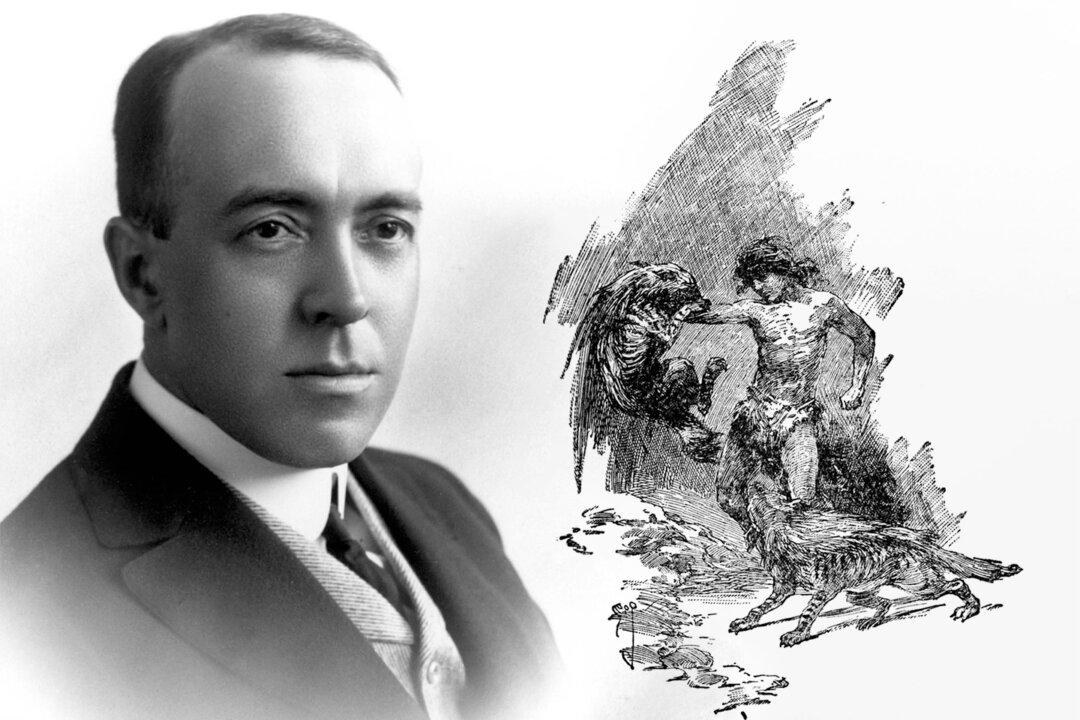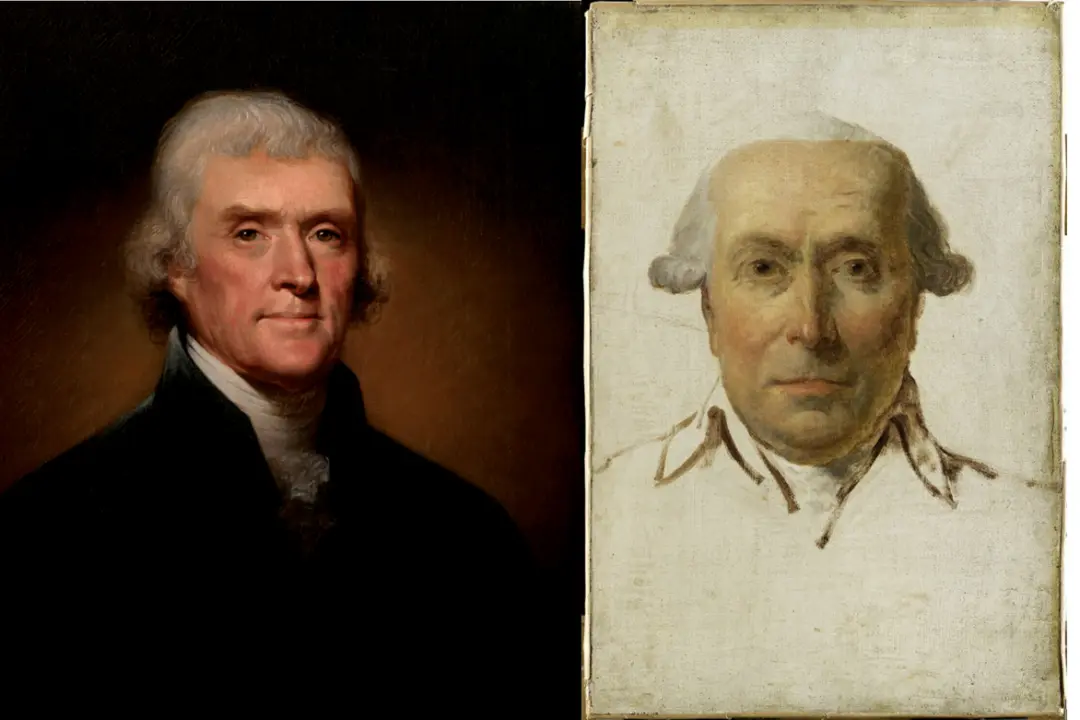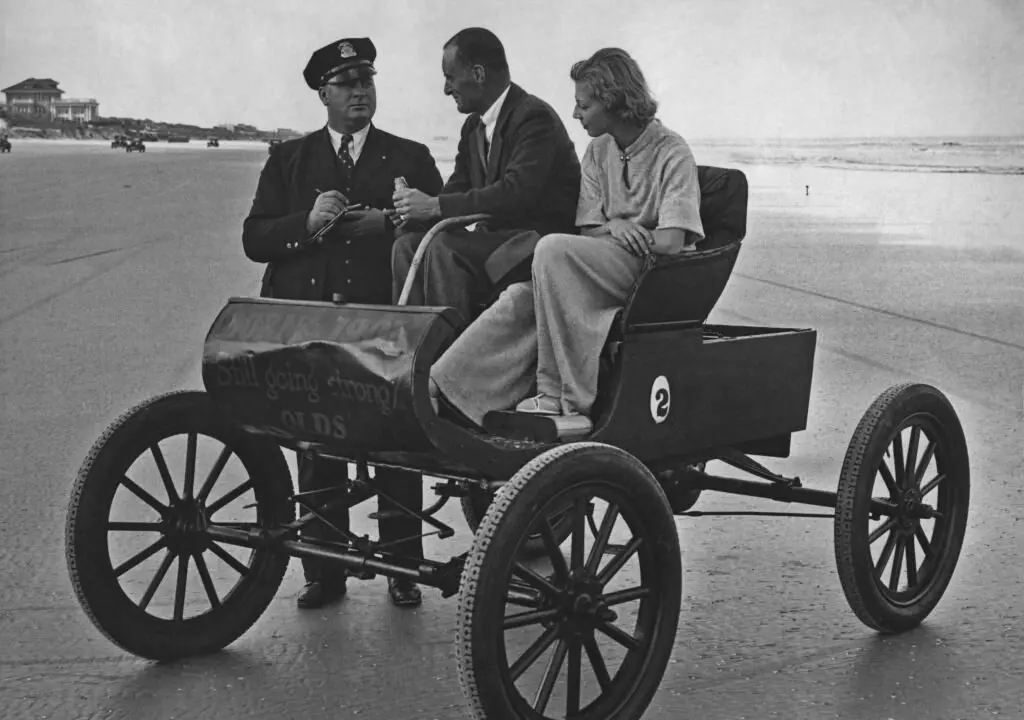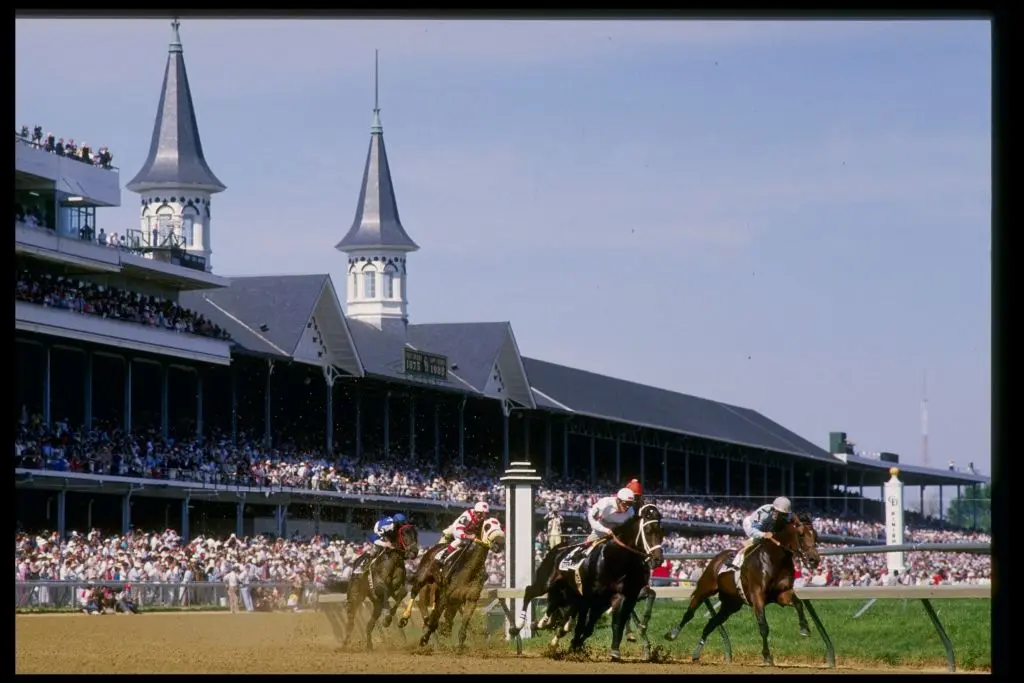Tarzan—the chiseled, tree-swinging jungle hero of untold movies, books, television shows, radio broadcasts, and comics—is one of the unlikeliest folk heroes of the pulp era and pop culture.
The ruthlessly masculine adventurer in loincloth has sparked more memorabilia than previously thinkable—from toys and games to more oddball items such as archery sets and golf balls. There is even a self-labeled Tarzanologist or two out there, dedicated to interpreting and explaining the fictitious star’s origins.






